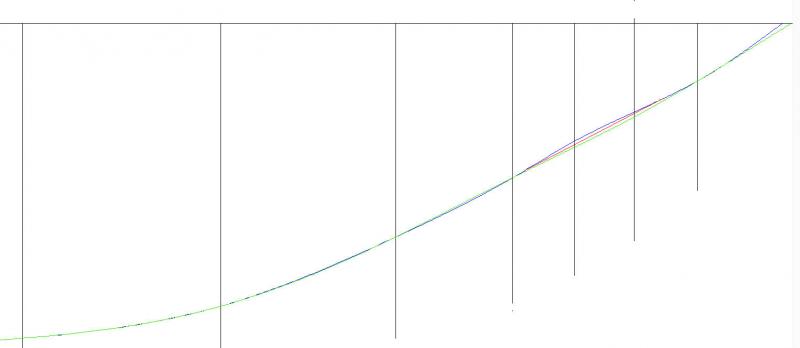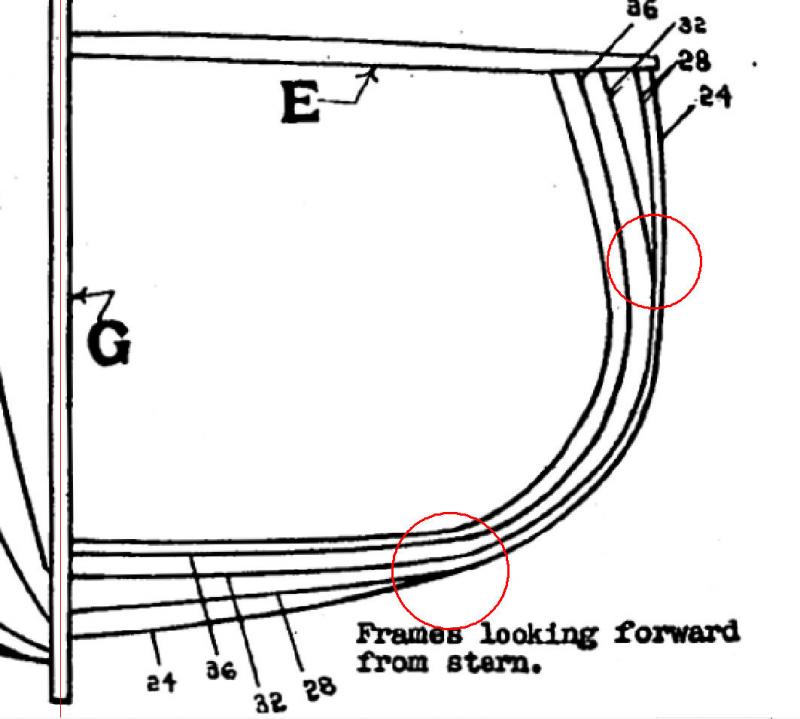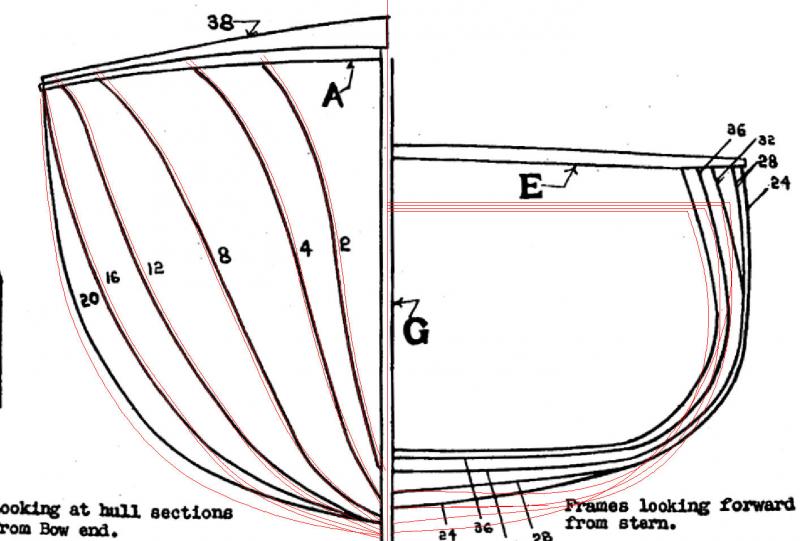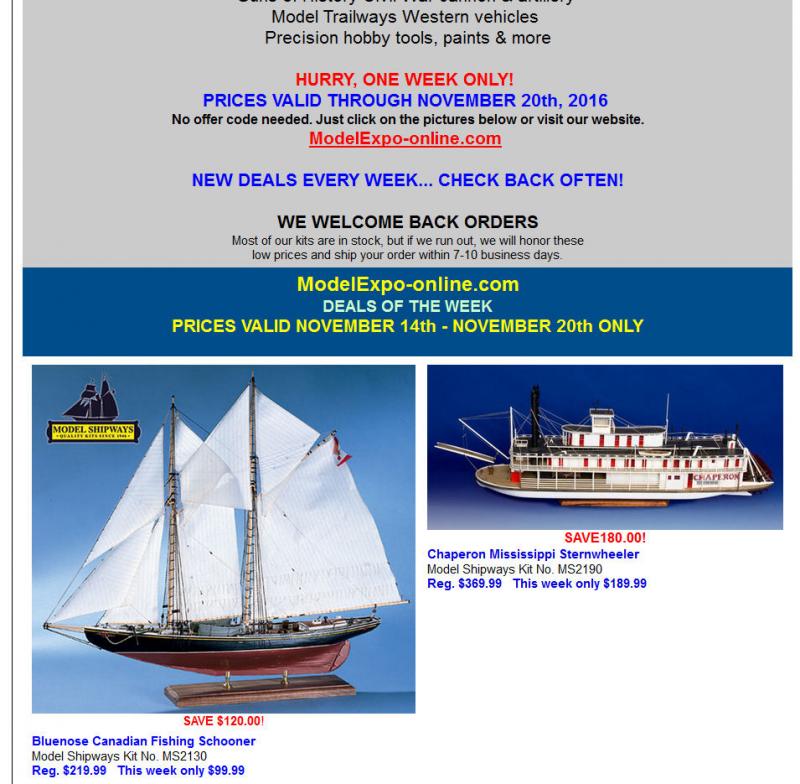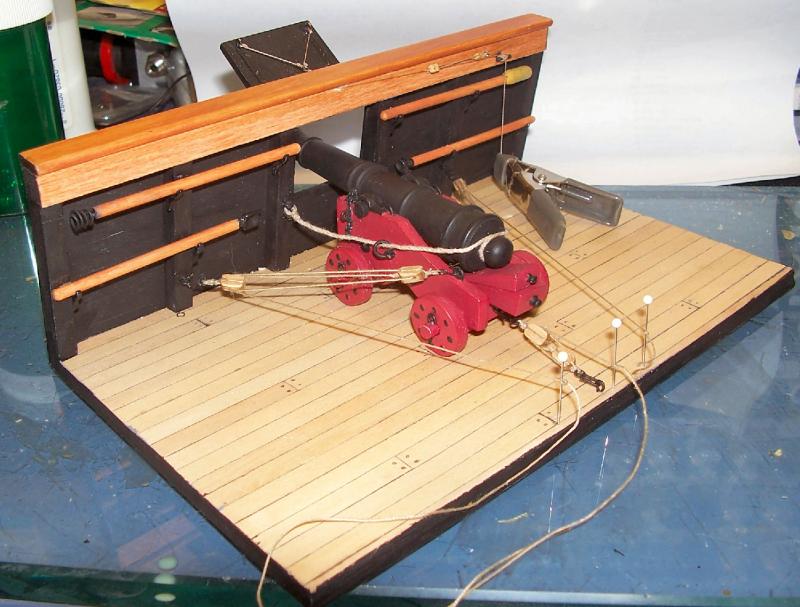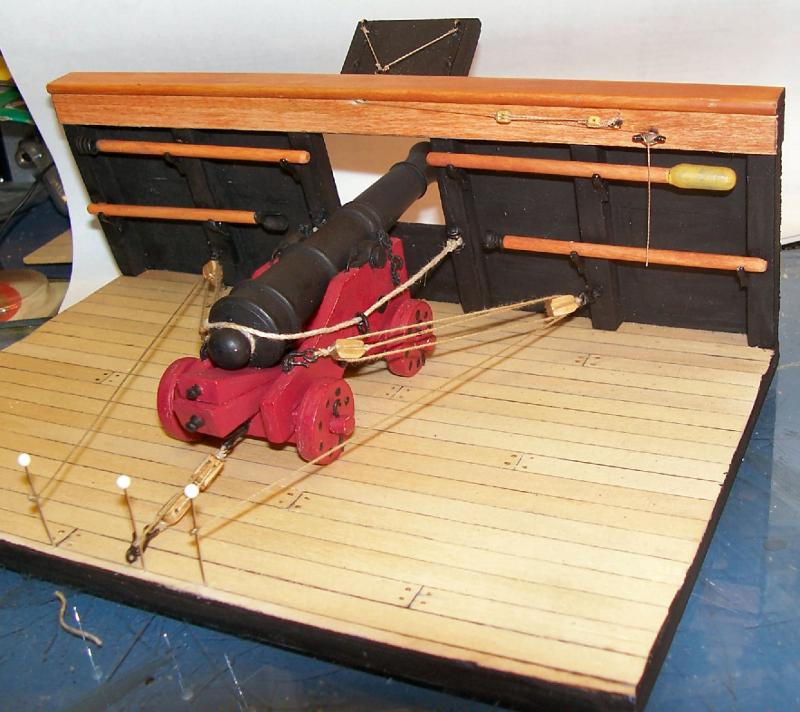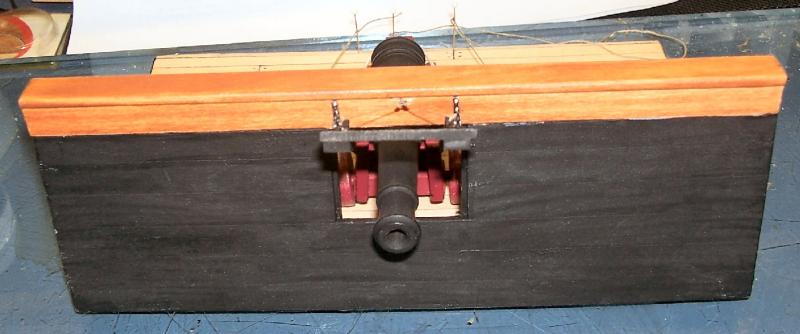-
Posts
2,932 -
Joined
-
Last visited
Content Type
Profiles
Forums
Gallery
Events
Everything posted by thibaultron
-

Fokker Dr.I by Torbogdan - FINISHED - Model Airways
thibaultron replied to Torbogdan's topic in Non-ship/categorised builds
Reklein: Did you remove the char inside the wing ribs? If so, how. -

Fokker Dr.I by Torbogdan - FINISHED - Model Airways
thibaultron replied to Torbogdan's topic in Non-ship/categorised builds
I too have this kit, and will be following the build. Model Expo is very good at helping modelers, email or call them for an answer to the spar construction. -
You can also use GIMP, a free graphics editing program.
-
I just finished on of Model Expo's Naval Cannon kits. Nice large size, and uses several of the technquies you need for a regular ship kit. I added hooks to the gun tackle ends, and used rope stropped, rather than metal stropped, blocks. The later were what was shown on all the drawings I could find. Model Expo promptly replaced some of the deck strips I messed up.
-
Keep calling till you get them.
-
I remember a car restoration show I saw several years ago. They started with a late 60s muscle car, to be restored. As they stripped the body, they found more and more hidden rust. Finally they replaced all the sheet metal, except the piece between the rear window and the trunk!! The modern version of a "Great Rebuild"!
- 749 replies
-
- albertic
- ocean liner
-
(and 2 more)
Tagged with:
-
If you can used the 3D, lay out the frames in position, and draw (in DesignCAD) a curved line along them at a fixed height. If the frames are correct, the line should be smooth in all directions, if a frame is out of line, draw the curve skipping it, and see where the correct point should be. Below is, hopefully, an example. Why do this rather than a physical model? I can scale this to any one desired, and after I do I can used the parallel function to put in the lines taking account of the hull sheeting thickness I will be using. Picture 1: The 3D frames with a waterline drawn. Note that the lines run along each other, except at the bow area frames. Picture 2: A top side view: Note where the lines diverge. Picture 3: A close up of the areas. The blue and red lines where the first and second attempt at laying the lines. Note how they bulge at the second and third frames, from the right. The green line is after I redrew those frames, with the corrected distance from the keel at that waterline. Here doing a model would be close enough for you to get an idea, but look at the next shot. Picture 4; The before frame drawing of the hull lines. Note where frame 28 goes into the curve on one line and comes out on another line, and they don’t meet in the middle! Picture 5: The before and after hull lines. The fore frames line up fairly well, but look at the aft frames! The original drawing was not even close!! The waterlines were run as in the previous pictures, from the transom to the stem, with a lot of iterations in between.
-
Until tommorow Model Expo has the Blue Nose for $99.99. It is on back order at the moment. The model is of the original Blue Nose, not the reproduction II. I've attached a screen shot of the ad they sent me. They are presently listing it a $140, not the $220 they show in the add.
-
Model Expo also has praticums by Chuck for both the Phantom and Sultana kits. They are available as downloads online in the Documents tab of the kit page.
-
Instead of masking the bands, you could paint the whole funnel "Funnel Color", then mask this and paint the bands. That might be simpiler than trying to mask the curved band surfaces.
- 749 replies
-
- albertic
- ocean liner
-
(and 2 more)
Tagged with:
-

Finding the center of a dowel
thibaultron replied to KenW's topic in Modeling tools and Workshop Equipment
Machinists use several different tools for this. Look up squares in any metal working catalogs. One type is a Center Square. Another is a Combination Square. The usefulness of each type would depend on the dowel size. The Combination Square would work for all sizes, but can be a little awkward for really small dowels. Below is a picture of a Center Square. -
I know, but there was not enough deck space (length from hull to back of deck piece), for the gun to run all the way back. Maybe if I had not added the hooks, there might have been, but not with them on the tackle. The shorter breaching rope was a compromise, to make it look like the gun would not run over the tackle at the rear of the carriage. I preferred this compromise to not having the more noticeable tackle hooks present.
-
Another question. How were the free ends of the lines for the gun tackle secured. All the diagrams and plans I've been able to find, just show them going off the picture. The model shows them loose with the end Flemished, but that would leave the gun rolling around freely, and I'm sure the Flemished coils would be a tripping hazard.
-
I don't know if the book is correct, but the AOTS "USS Essex by Portia Takakjian, shows gun port with lids with rigging that would hold them at a similar angle to that used in the MS cannon diorama. These ports are below the weather deck, but with not much more height between the top of the port lid and the point that the lanyard enters the hull. As I already have the lid mounted, I'll just go with that setup, but use thread instead of the chain. It may not be 100% historically accurate, but it looks OK. Unlike the MS kit, though, I made hooks for the ends of the gun tackle to carriage rigging. The MS kit has the blocks served directly to the carriage eyebolts, but all the diagrams I found show the hooks. They also show the blocks as iron stroped, but the diagrams all show rope stroped, so I'll use thread for this too. Luckily there were just enough spare eyebolts and cut offs from the tails to make the hooks. Bough three different jeweler's beading and ring makers pliers for this and future jobs.
-
The lid is already attached. Most observers would expect one to be there anyway, even if I know that it should not be there. I'll use rope instead of the chain. Forty years ago my hands shuck a lot less than they do now, and thread is easier than working with really small chain, besides I have another model whick that chain would be perfect for.
About us
Modelshipworld - Advancing Ship Modeling through Research
SSL Secured
Your security is important for us so this Website is SSL-Secured
NRG Mailing Address
Nautical Research Guild
237 South Lincoln Street
Westmont IL, 60559-1917
Model Ship World ® and the MSW logo are Registered Trademarks, and belong to the Nautical Research Guild (United States Patent and Trademark Office: No. 6,929,264 & No. 6,929,274, registered Dec. 20, 2022)
Helpful Links
About the NRG
If you enjoy building ship models that are historically accurate as well as beautiful, then The Nautical Research Guild (NRG) is just right for you.
The Guild is a non-profit educational organization whose mission is to “Advance Ship Modeling Through Research”. We provide support to our members in their efforts to raise the quality of their model ships.
The Nautical Research Guild has published our world-renowned quarterly magazine, The Nautical Research Journal, since 1955. The pages of the Journal are full of articles by accomplished ship modelers who show you how they create those exquisite details on their models, and by maritime historians who show you the correct details to build. The Journal is available in both print and digital editions. Go to the NRG web site (www.thenrg.org) to download a complimentary digital copy of the Journal. The NRG also publishes plan sets, books and compilations of back issues of the Journal and the former Ships in Scale and Model Ship Builder magazines.





